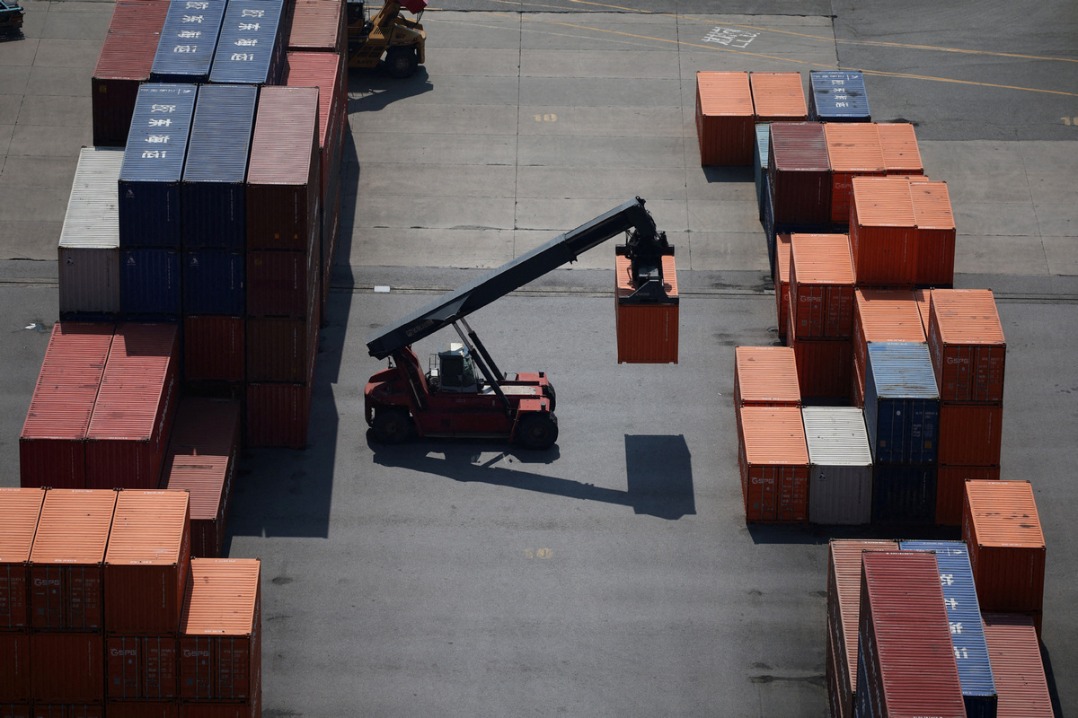Are water problems in Asia's future? Computer says maybe

Water. Leonardo da Vinci called it "the elixir of life". Yet worldwide, at least a billion people live with no nearby source, according to the World Health Organization, and of the remaining 6 billion people, only 42 percent have either running water in their homes or at least a tap in their yard.
A new study from the Massachusetts Institute of Technology (MIT) suggests that things could get even more stressed out in parts of Asia by 2050.
It's a perfect storm of the mixed blessings of economic and population growth in tandem with climate change that modeling says could lead to serious water shortages across a broad swath of Asia.

The study grinded out what researchers think is a full range of possible what-if's of water availability and use down the road. Their conclusion: There's a "high risk of severe water stress" in a large part of an area that about half of humanity calls home.
Based on their numbers, a billion more people could be "water stressed" in the next 35 years compared to today.
"It's not just a climate change issue," said senior research scientist Adam Schlosser, deputy director at MIT's Joint Program on the Science and Policy of Global Change and a co-author of the study.
"We simply cannot ignore that economic and population growth in society can have a very strong influence on our demand for resources and how we manage them. And climate, on top of that, can lead to substantial magnifications to those stresses," he said.
The paper, Projections of Water Stress Based on an Ensemble of Socioeconomic Growth and Climate Change Scenarios: A Case Study in Asia, was published last month in the journal PLOS One.
To build their study, the team used a tool previously developed at MIT called the Integrated Global Systems Model (IGSM) that takes advantage of high-powered computer muscle to take into account layers of parameters like the probability of projected population growth, economic growth, climate changes, and carbon emissions from human activity. It also takes into account the wonderfully phrased "cascading uncertainties", which we all know the real world is full of.
Into this crucible they fed the available data on water use for the large portion of Asia that encompasses China, India and many of Mainland Southeast Asia's smaller nations.
With the program booted up, they then asked about a range of different scenarios. In the Just Growth run through, they held climate conditions constant and watched how just the effects of economic and population growth would affect water supply. In the Just Climate script, they held growth constant and sized up climate-change effects alone. And in the Climate and Growth set-up, they could see the effects of all three.
Schlosser explained that this approach gives us the "unique ability to tease out the human and environmental" factors leading to water shortages and to assess their relative significance.
"For China, it looks like industrial growth [has the greatest impact] as people get wealthier," said lead author Charles Fant, a researcher at the Joint Program. "In India, population growth has a huge effect. It varies by region."
The study shows that evaluating the future of any area's water supply is not as simple as adding the effects of economic growth and climate change, as much depends on the networked water supply into and out of that area. As Schlosser put it: "What happens upstream affects downstream basins."
If climate change lowers the amount of rainfall near upstream basins while the population grows everywhere, then basins farther away from the initial water shortage would be affected more acutely.
The authors say their study "results do not necessarily imply an insurmountable future for this region" and stress the need for more research, which they are already working on.
But it drives home the findings of an earlier MIT study in Morocco looking into how much access to clean water really means to people.
Nearly 70 percent of those questioned said they would take out loans and pay double what they paid for water every month to have clean water pumped into their homes.
We don't have to go any further than Flint, Michigan to back that up.
Contact the writer at chrisdavis@chinadailyusa.com.


































